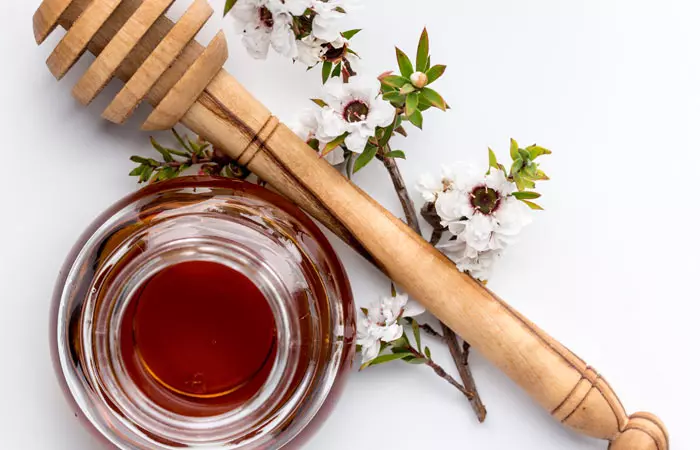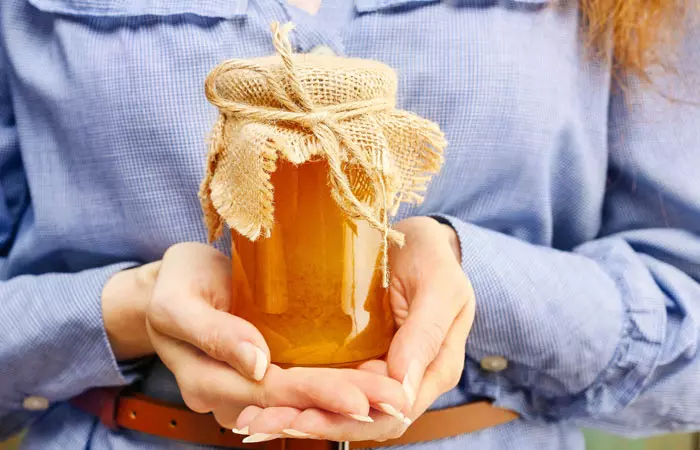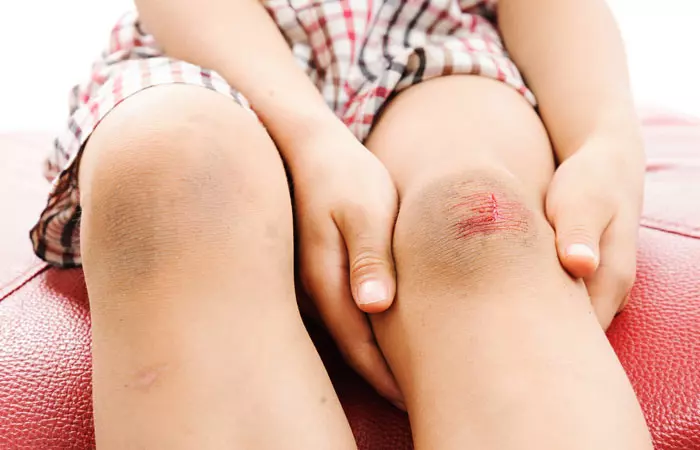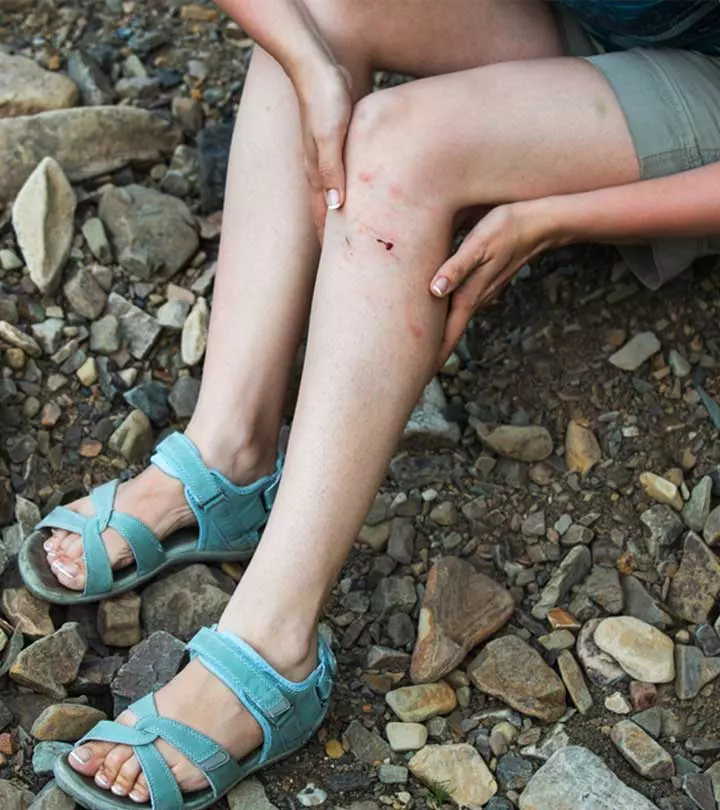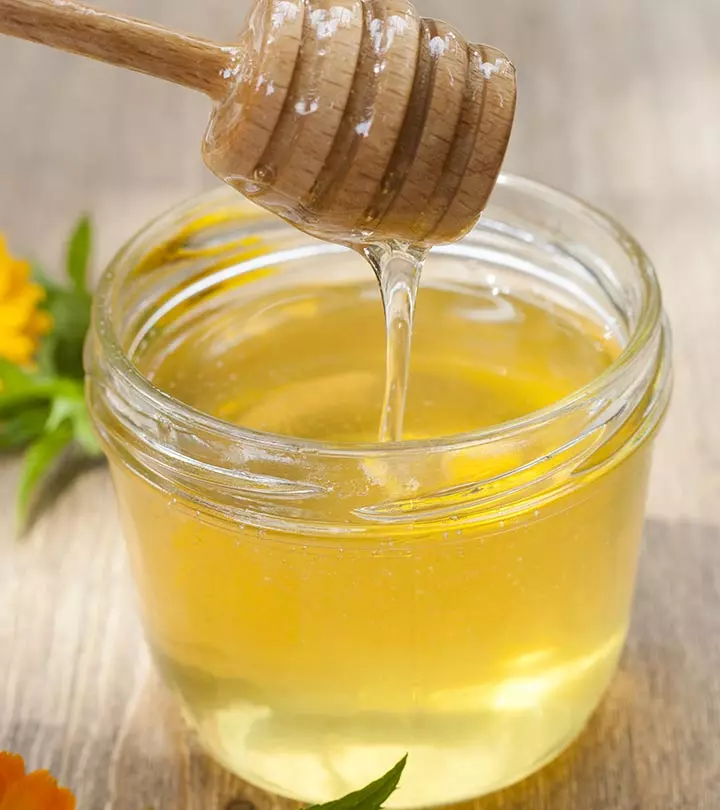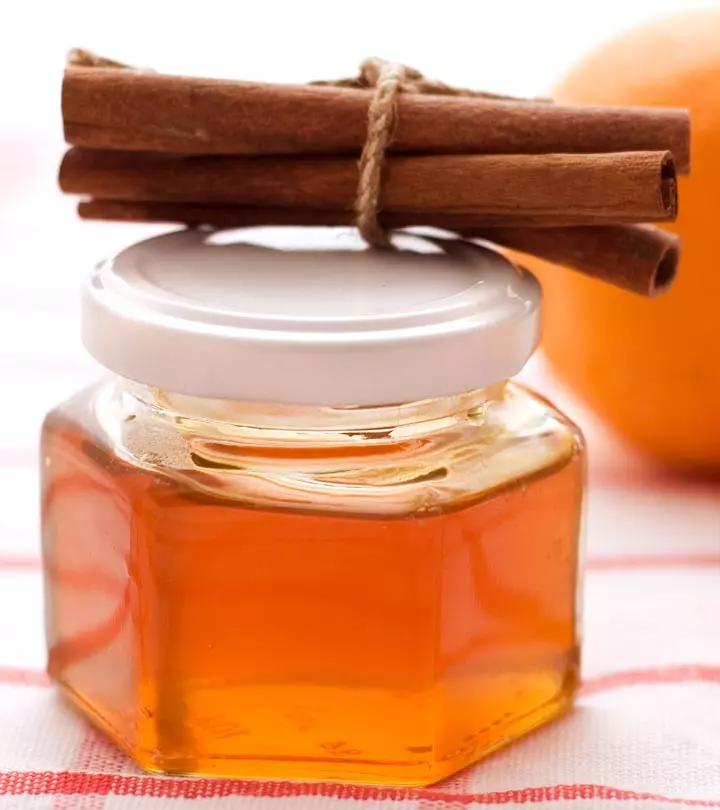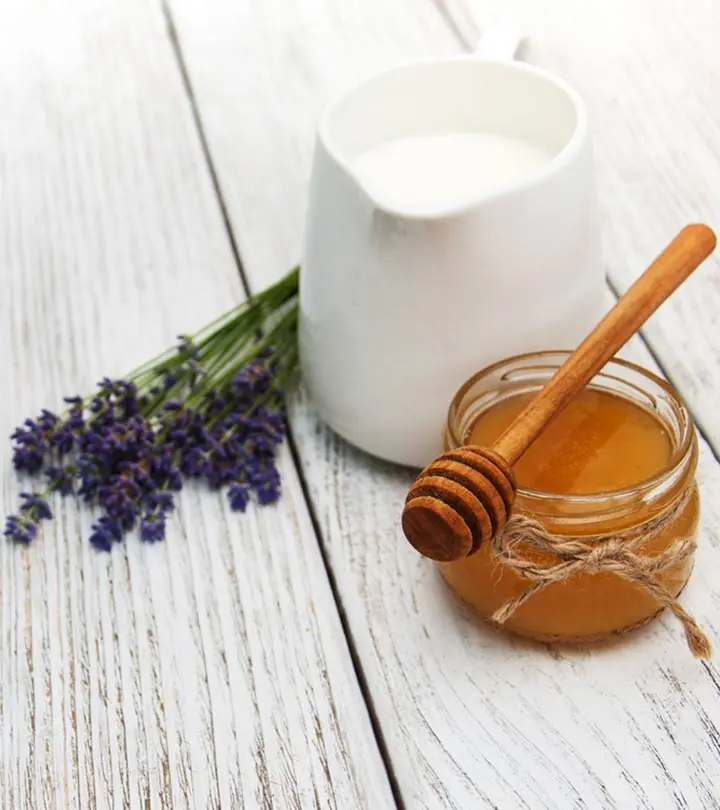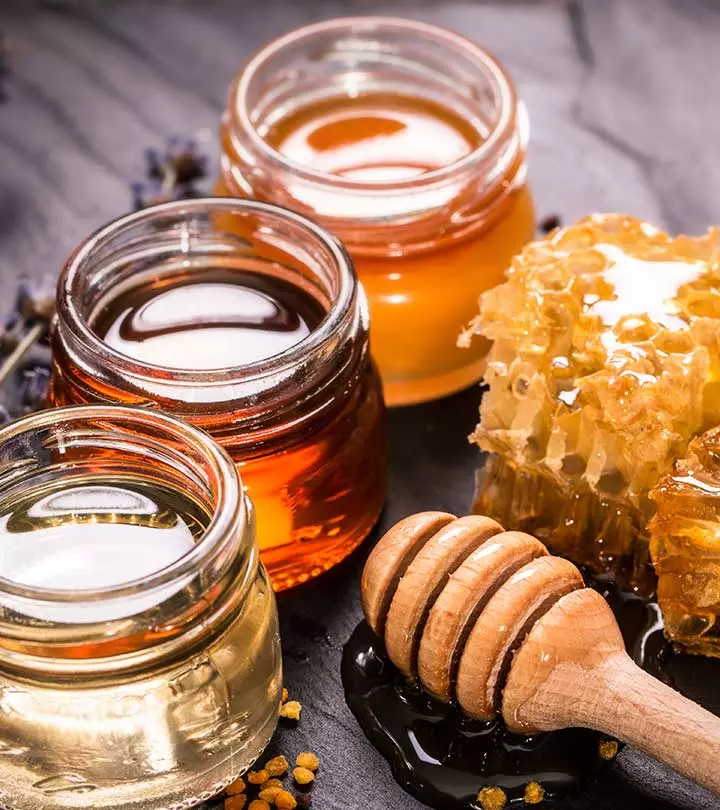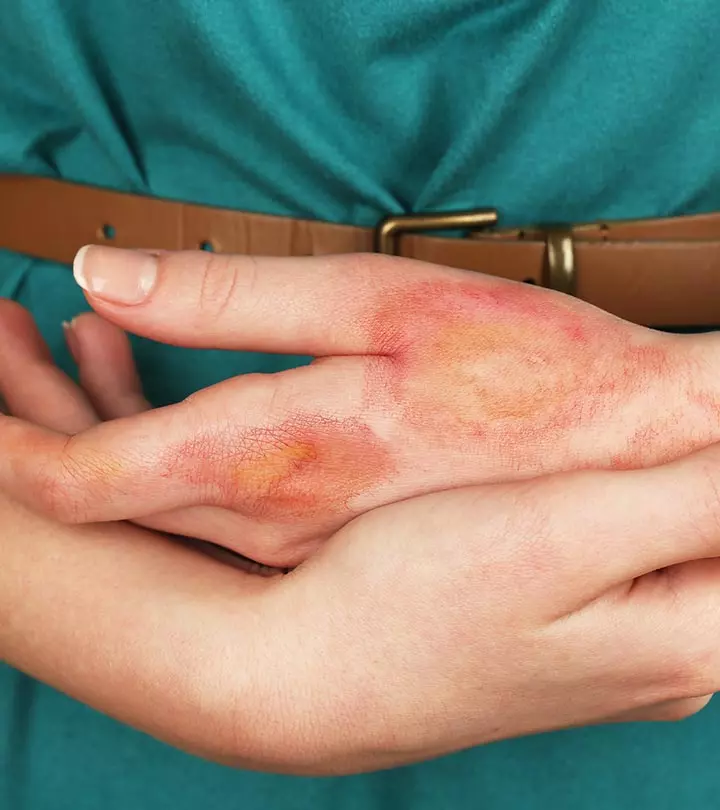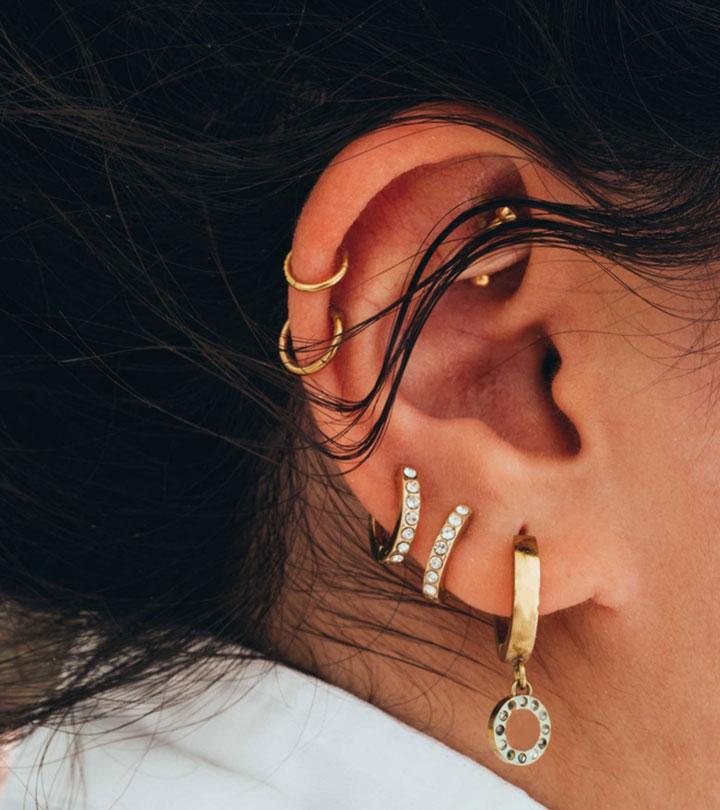How To Use Honey To Treat Wounds
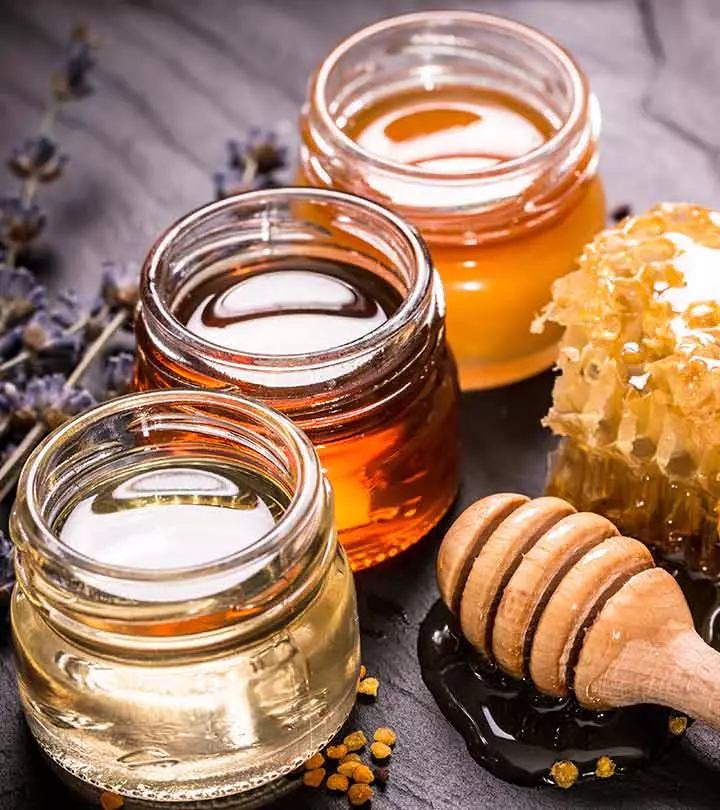
Image: Shutterstock
We all know that honey goes great with toast or a glazed ham as it adds the desired sweetness to the meal. But are you aware of the fact that along with adding taste to food, honey can also be used to treat wounds?
Honey has been used since ages for this purpose, and it was considered as a traditional therapy to fight infections until the 20th century. But with the advent of the penicillin antibiotic, people stopped using honey. The remedy has now started gaining popularity again, and researchers have been working to determine the scientific reason on how it can fight deadly skin infections.
According to a few studies, there are a few types of honey that are even more effective than antibiotics in treating wounds. Whenever there is a skin injury, the bacteria that survive on the skin can penetrate deep into the area and lead to an infection. There are certain types of streps (Streptococcus pyogenes) that can even refuse to heal. Thus, an immediate cure is a must for any type of wound.
Honey that is made out of bees foraging on manuka flowers is effective enough to destroy such kinds of bacteria and heal the wound.
Scientific American recently reported, “In lab tests, just a bit of the honey killed off the majority of bacterial cells – and cut down dramatically on the stubborn biofilms they formed. It could also be used to prevent wounds from becoming infected in the first place.”
The researchers of the same study also said, “These findings indicate that manuka honey has potential in the topical treatment of wounds containing S. Pyogenes.”
So, Why Should You Use Honey To Treat Wounds?
Science suggests that as long as the right kind of honey is used, you can dress your wound with it.
While considering honey for curing a wound, it is very essential to understand the difference between raw honey (especially manuka honey) and processed honey that you get in stores (Grade A).
Raw honey, i.e,. Manuka honey is made out of the pollen that is collected from the manuka flowers (Manuka bush is a medicinal plant). It has been proved clinically that Manuka honey can kill around 250 types of bacteria, including MRSA (methicillin-resistant Staphylococcus aureus), MSSA (methicillin sensitive Staphylococcus aureus), and VRE (vancomycin-resistant enterococci). Manuka honey also has a special ingredient called UMF, i.e., Unique Manuka Factor. The level of UMF may vary between batches. The higher the concentration of UMF present in the honey, the thicker, darker, and more expensive it will be. The presence of UMF in the honey makes it the best type of honey when it comes to eradicating infections.
Processed honey is more akin to high fructose corn syrup, which should never be used on topical wounds as it may increase the chances of infection. The health benefits of processed honey are also different as compared to the raw one.
Studies That Support The Use Of Honey To Fight Infections
- Many studies have confirmed that honey is great to treat bacterial or fungal infections.
- According to a study in 1992, it was proved that honey speeds up the process of healing caesarean wounds.
- Another study found out that it helps in healing almost everything, ranging from ulcers to sunburns.
- A study published in 2009 also found that honey can help patients suffering from chronic rhinosinusitis.
How To Use Honey To Treat Wounds
Burns are one of the most difficult wounds to treat as they provide the perfect environment for breeding and feeding for many organisms. Thus, if the wound gets infected, the infection spreads rapidly into the bloodstream, and this infection can even lead to death. Many studies have proven that using honey to dress the wound can treat burns and keep you away from infections.
Along with burns, honey can be used to treat other types of wounds such as ulcers, fistulas, surgical wounds, cracked nipples, amputations, cuts, leg ulcers, bedsores, and even trauma-induced wounds.
Why Is Honey So Effective In Treating Wounds?
Honey is a super-saturated sugar solution, and whenever it comes in contact with microbial germs, it sucks water from those cells and kills them immediately. Honey is acidic in nature and ranges about 3.2 to 4.5 on the pH scale. This acidic nature helps in destroying certain kinds of bacteria.
Honey also has the special ability to produce hydrogen peroxide, i.e. H2O2, which can kill all the pathogens that come in contact with it.
The best thing about this method of treatment is that it is very easy to do. If you ever have a deep injury, all you need to do is just clean the wound and fill the gap with honey. For a smaller or lighter injury, just apply honey as a dressing after cleaning it thoroughly. Cover the dressing with an adhesive tape.
Now you know that the most effective treatment for wounds was lying right there in your kitchen since so long, and you had no clue about it!
But, if you wish to consider honey to treat burns or wounds, before applying it topically, make sure that you are using Manuka honey or raw honey and not the processed variety.
This is the reason honey is called a natural healer. And the benefits of honey are not limited to merely disinfecting wounds. Honey has a number of other benefits that help in maintaining a healthy body along with glowing skin and shiny hair.
The first thing you should do after reading this article is go and buy raw or Manuka honey. Hope you liked the article. Share your views in the comments box below.


